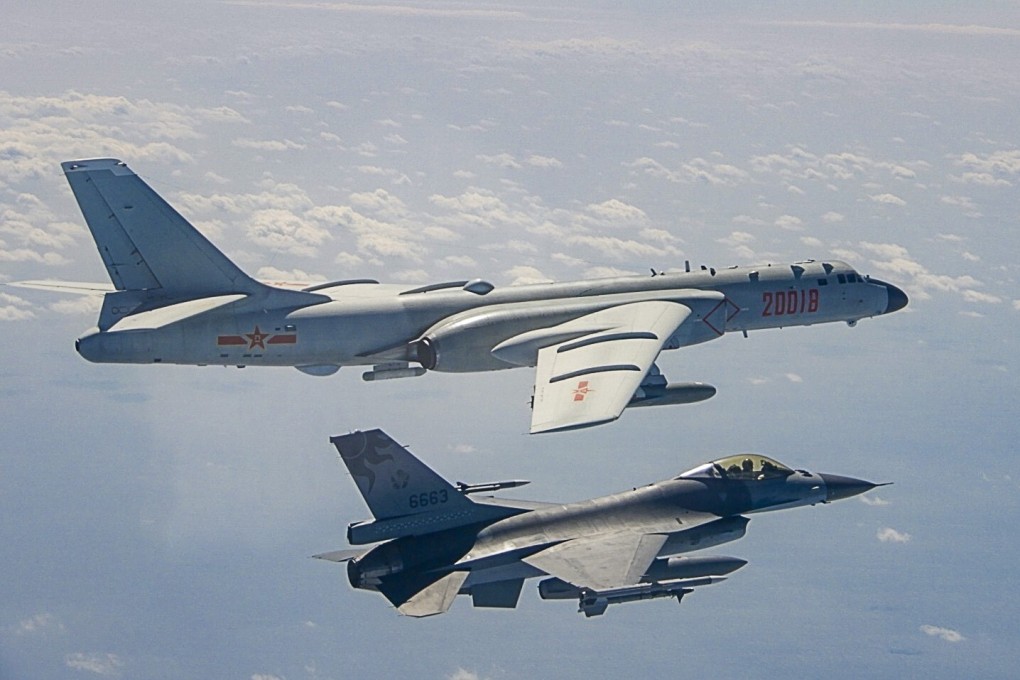PLA warplanes made a record 380 incursions into Taiwan’s airspace in 2020, report says
- Chinese air force entered island’s ADIZ on 91 days from January to November, according to Taipei-based think tank
- Analysts say strategy is more about sending a message to the US and the world than an attempt to wear down Taiwanese military and public

Beijing made a record number of incursions into Taiwan’s air defence identification zone last year, but analysts say the hawkish strategy is more a signal to the world than a threat to the island’s resolve.
The Chinese air force flew over 380 sorties that entered the island’s ADIZ on a record 91 days from January to November, according to a Taiwanese government-funded report released last week by the Taipei-based Institute for National Defence and Security Research.
“2020 was an extremely busy and compact year for the PLA [People’s Liberation Army],” the report said. “The continuous deterioration of US-China relations and the warming of Taiwan-US relations have further affected the trilateral relationship between the United States, China and Taiwan, causing the PLA to significantly increase its military activities in the Taiwan Strait.”
Shih Shun-wen, a spokesman for Taiwan’s defence ministry, on Tuesday said the incursions “pose a threat to regional and our national security”.
The PLA aircraft targeted the area “to test our military’s response, to exert pressure on our aerial defence and to squeeze the aerial space for our activities”, Shih added.